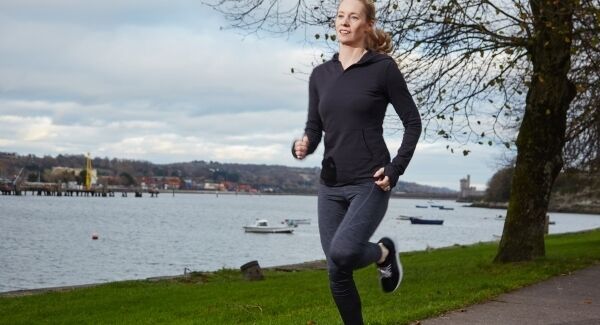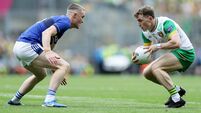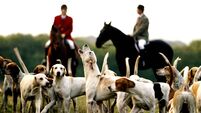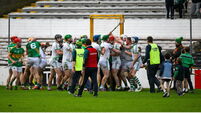The best ways to fuel your training

This week I am going to chat to you about the best ways to fuel your training and the tricks I
use to make it as easy as possible to eat like an athlete. I’ve got two salad recipes which are quick to prepare, bursting with flavour and packed with nutrition.
When it comes to performing at your best, eating the right foods is key. It doesn’t matter if you are training for your local park run or for the Olympics, the basics are the same. We all need to follow a healthy, varied and balanced diet including food from all of the food groups: carbohydrate, protein, fat, vitamins,minerals and water.
The training I do these days is far removed from those of my professional running career and my focus has shifted from training to perform to simply staying fit and health. I try to make the best choices I can and make sure the meals I do prepare are as tasty as they are easy and nutritious.
When it comes to eating for fitness, it’s important to make sure you are eating enough to meet your body’s needs for fuel. If you are training you need extra and making small changes to your food intake to take account of what’s going on in your life will make you feel energised.

Aim for 80:20 and keep your meals balanced — aim for a third of your plate to be low GI or wholegrain carbohydrates, a third to be vegetables, and a third of your plate to be lean protein.
Eating to support your training is very personal but for me, there are three key areas to consider:
Aim to have a carbohydrate-based meal 1-2 hours before, choosing easy-to-digest, lower GI carbohydrates where possible. Personally, I love nut butter and banana on toast, some overnight oats or a smoothie as they leave me feeling energised for my workout. If you are exercising and don’t have time for a meal before the workout then have a top-up snack like a banana 30-60 minutes beforehand.
It’s also useful to bear in mind that if we are working out at a moderate pace for less than an hour, your body has natural energy
reserves in the muscles and liver which means that you can exercise in a fasted state. Try them out and see what works best for you. You may also want to consider a coffee before the workout, allow 30 minutes for absorption.
Keep hydrated by sipping on your water throughout. There is generally no need for an energy top-up but if you are exercising for more than 60 minutes then consider refueling up with a carbohydrate-based snack like dried fruit. To make your own energy drink mix 500ml fruit juice, 500ml water (previously boiled and cooled) and 1g salt in a bottle, mix well and drink.
Aim to refuel with both protein and carbohydrates, ideally within 30-60 minutes for
optimal recovery. You might benefit from choosing a higher GI carbohydrate here as they will rapidly boost blood glucose levels and help to top-up glycogen stores after
prolonged or high-intensity exercise. You could try things like toast topped with eggs and avocado, a smoothie made with Greek yogurt and milk or a baked potato with beans.
When it comes to re-hydration a good way to gauge if you’re hydrated enough is to check the colour of your pee, the clearer/ paler the better. To hydrate more effectively, add a pinch of salt to your water or have a drink that has added electrolyte to replace those lost in sweat.
If you are training for a specific event be sure to test out your pre-exercise meals and snacks during your practice runs and stick to the same thing on race day. Never eat anything new on race day as you just won’t know how your body is going to react. If you feel you need extra help then get in touch with a registered sports nutritionist or dietitian who can tailor food and fluid advice to your specific needs.
Daniel Davey is the performance nutritionist with Leinster Rugby. He gives some great nuggets of information on his social media. Check him out @DanielMDavey








